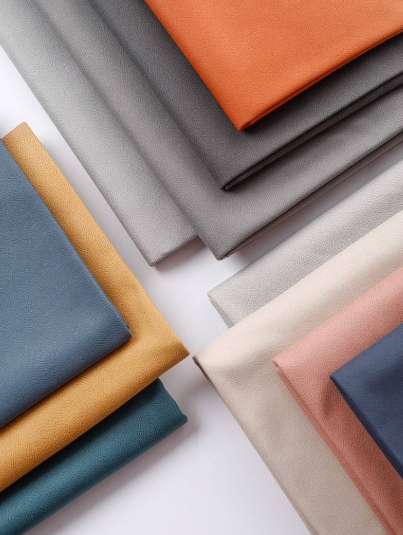What Are You Looking For?
How defoamers are quietly revolutionizing sustainable textiles
May 30, 2025While consumers appreciate the color or feel of a fabric, they rarely realize that a silent war is taking place during its production: foam vs. defoamer. Uncontrolled foam is not only a nuisance, it also wastes water, energy and chemicals. As textiles transition to sustainability, defoamers are also evolving from supporting players (supporting actors) to strategic enablers. Let’s unpack their hidden world.

The evolution of defoamers: beyond basic chemistry
1. The old guard: petroleum and silicones
Mineral oils: cheap but fading – like fossil fuels in a green world.
Silicones: “high-performance athletes”. New blends, such as PEG-modified silicones, reduce hydrophobicity while maintaining efficacy.
2. The rising star: bio-smart agents
- Plant-powered: castor, sunflower or rice bran oils – now specially engineered to be heat-stable.
- Enzymatic defoamers: emerging technology that uses lipases to digest foam-stabilizing surfactants.
- Microbial surfactants: Rhamnolipids produced by strains of Pseudomonas bacteria that cause foam to disintegrate and biodegrade within days.
3. Niche experts
- Powders in 3D weaving: a must-have in resin-impregnated technical textiles.
- Polymer “foam catchers”: a stimulus-sensitive polymer that expands and encapsulates bubbles when the pH changes.
Unconventional applications: where foam meets the future
- Digital printing: nano-defoamers prevent nozzle clogging in high-precision inkjet printing.
- Recycled fiber processing: pulverizing foam in an alkaline bath to dissolve polyester/cotton blends (e.g. Circ® technology).
- Smart textiles: preventing foam from interfering with conductive ink deposition for electronic textiles.
- Protective gear: flame-retardant defoamers in fire suit coatings.
Green challenges: sustainability leads the way
1. The “ZDHC effect”
- Challenges: 80% of conventional textile defoamers do not meet zero discharge standards for hazardous chemicals.
- Solution: Silicone-free, APEO-free and readily biodegradable formulations (e.g. oil-based).
2. The battle between carbon footprint and water footprint
- New metric: Defoaming efficiency (FRE) – CO2 emissions saved per kg of defoamer used.
- Waterless dyeing: Supercritical CO2 dyeing requires defoamers stable at pressures above 250 bar – an emerging frontier.
3. Circular integration
- Degradable by design: “Self-deactivating” defoamers break down during post-processing to avoid hindering fabric recycling.
- Waste-to-defoamer: Upcycling lipids from the food industry (e.g. waste frying oil) into defoamers.
Vision 2030: A new vision for textile defoamers
1. Artificial intelligence collaborative systems:
- IoT sensors detect foam in real time; machine learning adjusts defoamer dosage and process parameters.
2. Bionic solutions:
- Dolphin skin-like surfaces (microgrooves to create unstable bubbles) applied to machine linings.
3. “Foam-free by design” chemistry:
- Surfactant molecules are engineered to avoid foam formation altogether.
4. Defoamers as a service:
- Instead of selling liquids, chemical companies offer “foam suppression” – charging by the cubic meter of defoamed.
Food for thought: Can we design away foam in textiles?
What if defoamers are just a band-aid? The ultimate goal: redesign processes to eliminate foam generation. Think:
- Pulsed ultrasonic cleaning (foam-free cavitation)
- Plasma activation instead of wet cleaning
- Foam resourcefulness: capturing foam and converting it into insulating fillers for building textiles.
Defoamers are no longer just “foam killers”. They are dynamic tools for water conservation, digital precision and recycling. The future belongs to smart, invisible and irreplaceable defoamers that go beyond foam – where chemistry meets the forefront of sustainability.